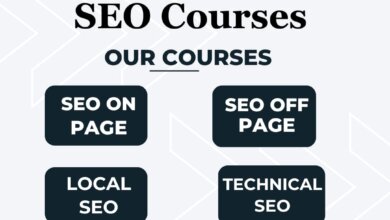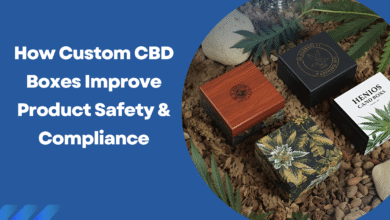The Power of Storytelling in Selling Online Courses

Selling an online course in the digital world is not simply just listing features and benefits. Students are seeking connection, trust, and change. And perhaps the most compelling way to provide that is through storytelling. If executed properly, storytelling has the potential to transform a plain course offer into a significant journey that resonates with your audience.
Why Storytelling Works
Storytelling is something we have been doing for centuries. It’s how we relate, learn, and remember. When one tells a story, especially one we relate to, we become emotionally engaged. This emotional investment is what makes storytelling one of the best marketing strategy.
In the case of selling online courses, it makes your audience see not only what they’ll be learning—but why they should care. A well-told story creates trust, establishes your credibility, and makes your course feel more personal.
Share Your “Why”
Your own journey may be the most powerful resource in your storytelling plan. Why did you build this course? What resisted you? What did you discover along the way? When you share your journey with vulnerability, it lets your audience know that you’re not only a trainer—you’re someone who’s been where they are now.
Let your authenticity shine. People don’t expect perfection—they want someone who understands their struggles and can guide them with honesty and empathy.
Make Your Audience the Hero
While your story matters, the most important story is theirs. Position your audience as the hero of the narrative. Highlight their current challenges, dreams, and goals. Paint a picture of where they are now—and where they could be after taking your course.
Your course is the blueprint that sets them up for success. This one subtle change—from “here’s what my course does” to “here’s how this course benefits you”—can be a game-changer.
Leverage Student Stories and Testimonials
Actual testimonials from actual students are pure gold. They introduce social proof, credibility, and likability. Use before-and-after photos of your students’ experiences. What was the issue they had prior to signing up? How did your course assist them? What did they see happen?
These anecdotes put prospective students in the same position and make them more likely to make a confident descision. Peer stories have a stronger effect than any sales presentation.
Incorporate Storytelling in Every Touchpoint
Storytelling isn’t something reserved for one sales page. You can integrate it into your emails, landing pages, course introduction videos, and social media updates. Each touchpoint is an opportunity to create trust and strengthen connection.
Consistency is the key. Ensure your message, tone, and narrative are consistent across platforms so your people always feel like they’re part of something significant.
Build Emotional Trust Before Making the Sale
Before someone buys your course, they need to feel that you understand them. Storytelling helps bridge that emotional gap. Rather than jumping straight into course features or pricing, take time to craft a story that mirrors the learner’s situation. Describe their day-to-day frustrations, the questions keeping them up at night, and the small wins they hope to achieve. When a potential student sees their own journey reflected in your messaging, they’re more likely to trust you—and that trust is what ultimately leads to conversions.
Create a Narrative Flow in Your Sales Content
Just like every good story, your course sales message should follow a clear narrative arc. Start with the problem, introduce the struggle, present the turning point (your course), and then share the resolution. This format keeps readers engaged while naturally guiding them toward taking action. It doesn’t need to be dramatic—it just needs to feel real. Even your course description can benefit from narrative flow: instead of bullet points, use storytelling to explain how each module helps move learners closer to their goal.
Use Visual and Verbal Storytelling Together
Words are powerful, but when paired with visuals, storytelling becomes even more effective. Consider adding short video clips, testimonials, transformation snapshots, or behind-the-scenes moments that reinforce your narrative. A video of you speaking candidly about your journey can build connection in seconds. When learners see your passion and hear your sincerity, they feel like they know you—and that makes them more likely to enroll.
Final Thoughts
In the online learning world, facts inform—but stories inspire. If you truly want your course to stand out and sell, start with a narrative that touches people’s hearts. Whether your story is your own or your students’, it brings your content alive and converts browsers into buyers. At the end of the day, people don’t buy courses—they buy stories they can believe in.




